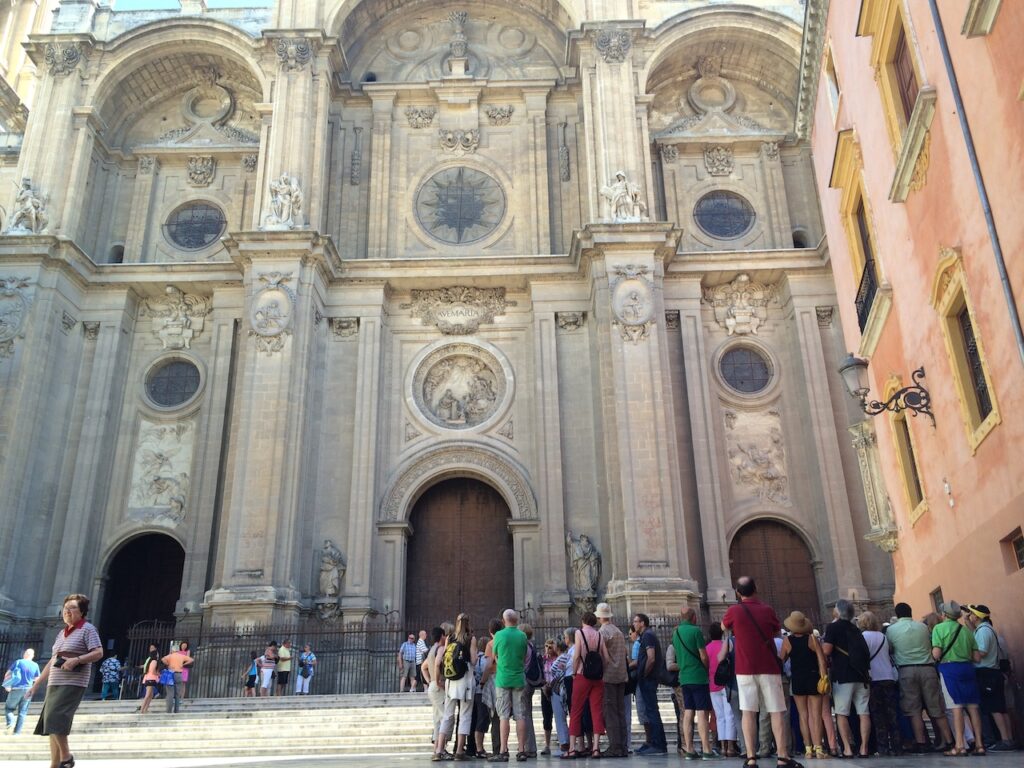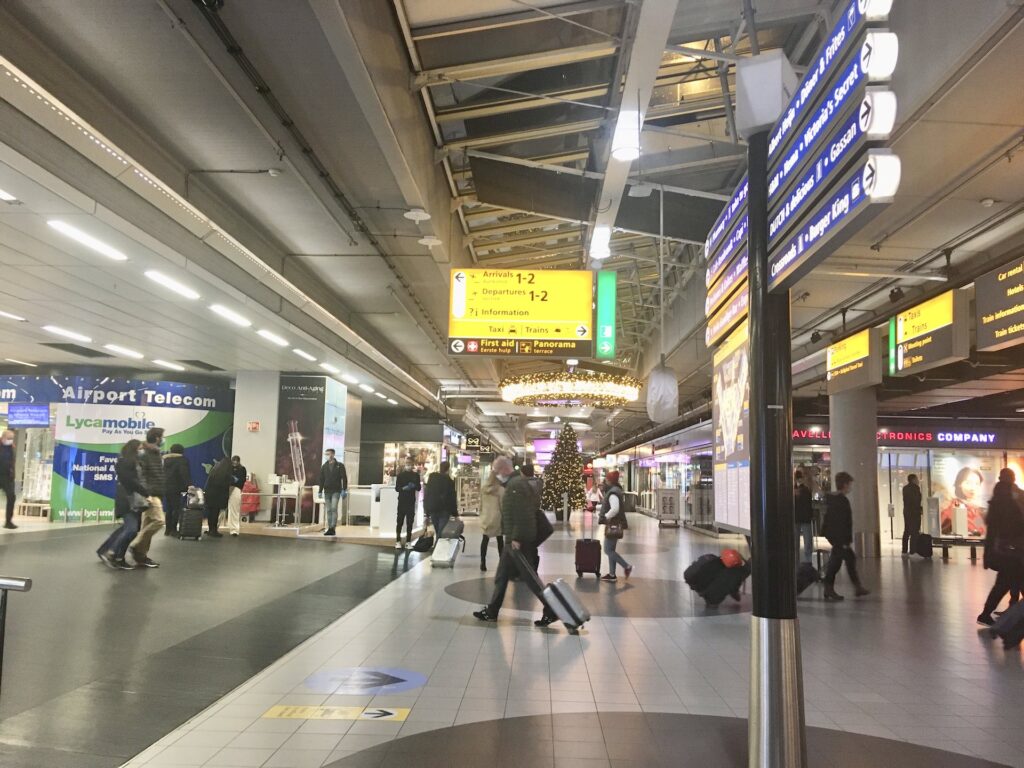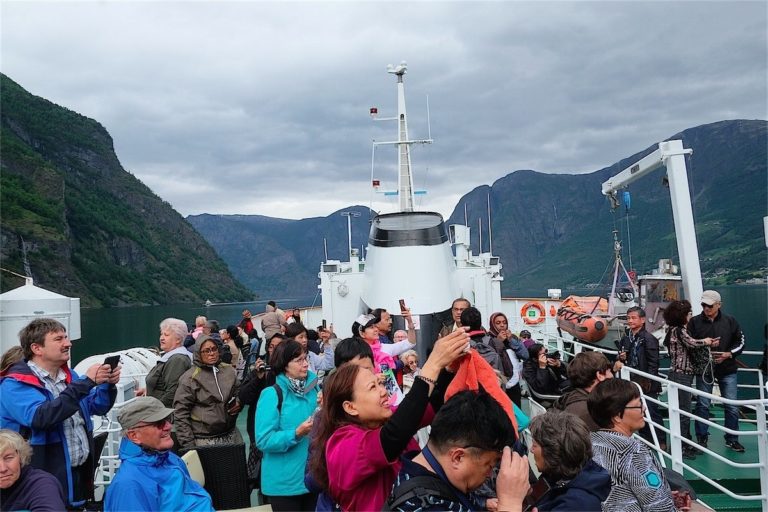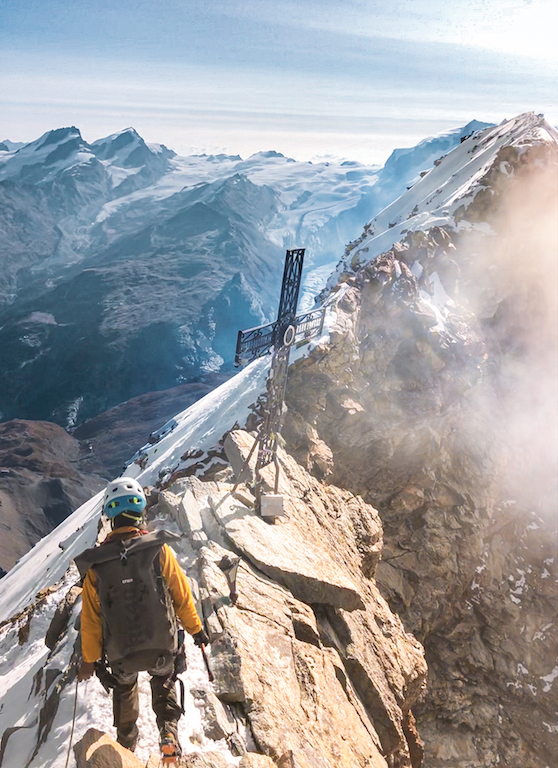We look back at travel during the height of the Covid-19 pandemic, how it had changed the global travel landscape and redefined our idea of traveling.
“No plan is the best plan” was definitely the theme of 2020. You literally couldn’t go anywhere. While I did miraculously manage to move to Madrid in October, plans of spending long weekends exploring other countries in Europe were immediately shelved upon arrival. There may have been a window of time during the summer when European borders had reopened, but the tsunami of new coronavirus cases saw countries shuttered by autumn. Within Spain, Madrid was the only place that opened its doors to travelers. However, being the so-called epicenter of COVID-19 at that time, I walked streets that were wanting for people, saw only half the faces of those brave enough to venture out, and where was the lively and vibrant Madrid nightlife I had read about before coming to Spain? Government-imposed toque de queda (curfews) practically made them the stuff of fiction.
But the pandemic wasn’t all gloom and doom. One thing this catch-me-if-you-can dance with the coronavirus revealed to me has been the art of almost-instantly shifting my reaction from disappointment to detachment. As we hadn’t seen each other since we both left Manila, my sister Mina and I planned to spend Christmas in Köln, Germany, where she now lives with her husband. With the Omicron variant’s seemingly relentless tour around the world, it caught up with us in Germany: we were overwhelmingly positive the night before New Year’s Eve. Instead of celebrating New Year’s eve in Spain, everything was canceled, and we ended up reliving our Manila ECQ days in Köln—initially a disappointment, but turned out to be a funny blessing in disguise as there’s nothing like catching up over cups of warm glühwein and, well, a cocktail of vitamins and paracetamol.
The pandemic also reminded me of the pleasure of slowly peeling away the layers of mystery surrounding a city. I relished walking around Madrid. Before coming, I only knew it to be the capital of Spain but soon discovered I now lived in a beautiful, multicultural city with no shortage of trendy boutiques, cocktail bars and clubs, art and cultural spaces, theater, jazz clubs, restaurants, and terraces where Madrilenos love gathering over bottles of caña, or glasses of wine or vermouth. Had my plans of gallivanting my way across Europe every weekend come to fruition—yes, I was that misguided and ambitious—I wouldn’t have gotten to know every nook and cranny of the city I now consider home.

Travel Roadblocks
With the stop-start nature of reopening countries, traveling during the earlier months of the coronavirus was laced with fear and riddled with obstacles.
According to Adrian Cruz, Director of European Affairs for the Department of Foreign Affairs, the past years have seen temporary shifts in travel and tourism due to the pandemic. “Less Filipino retirees, or those in the 60-up age bracket, appear willing to travel. Health agencies are also having a greater say in imposing health and safety regulations for incoming and outgoing passengers,” Cruz points out, adding that he observes Filipinos to be more safety-conscious than other travelers. “There may be more interest now for local and foreign tourists to opt for domestic and rural tourism,” he says.
“Traveling as a family is already stressful, but more so with an ongoing pandemic. Just the fear that if one of us tests positive, the trip we had been planning for months will have to be canceled,” says Jennie Celdran, a writer, producer and content creator based in Manila. “My family traveled to El Nido very early on in the pandemic, we basically traveled in a bubble. All the tests, insurance, and quarantine added to the expenses of the trip, and the mask and shield were a major inconvenience. But the best thing by far,” she points out, “was that we were able to enjoy places that would be crawling with people pre-pandemic. In El Nido, my daughter and I had the Big Lagoon all to ourselves. It was great that these well-trodden places had time to recover.”
Jerick Parrone, a Filipino expat and travel blogger based in Basel, Switzerland, would often travel twice a month, visiting 10-15 countries each year, mainly to see new countries or hang out with friends. “It took baby steps before I felt it was safe to travel again. It took a while for me to even leave my apartment; the journey to the supermarket felt like a long-haul trip,” admits Parrone, who felt more at ease when cases lowered in the summer of 2020. “I went with friends on a road trip to France and Switzerland, countries that were a few hours from Belgium where I was based then. I also traveled a lot within Belgium, to places I never thought I would visit—old war battlefields, abandoned castles and breweries, and plenty of outdoor areas. It was actually nice to see more of the country I called home,” he says.

Your Local
For Madrid-based climate change consultant Jeremy Buhain, the pandemic has revealed how much can be seen and done close to home. Having recently moved to the Spanish capital in 2019, right before the pandemic, he felt it was a good opportunity to keep his travels local as international travel was widely discouraged.
“The pandemic redefined the way I traveled. I’ve always heard of these experiences where people get to work on a farm in exchange for board and lodging. Despite having lived mostly in urban areas, I was always interested in working in nature, so I used the website Workaway to look for these experiences,” shares Buhain, who ended up spending two weeks working on a farm in Flix, Tarragona, and another three weeks in Villaviciosa in the Asturias region where he assisted with a house construction project. The 30-year-old also squeezed in a hiking trip in the Picos de Europa region. “I’ve always been an avid hiker, and being in an open space away from people, I felt that would minimize my exposure to the virus. I did take the opportunity to visit some nearby cities like Tarragona and Santander, but most of the six weeks I spent traveling were in the farms.”
The pandemic likewise saw Alistaire Bilas, then a New York-based surgical and emergency nurse, keeping his travels domestic by exploring the verdant national parks of the U.S.—Joshua Tree, Sequoia, and Pinnacles national parks—and visiting his family in California. “I vacationed in Hawaii shortly after. I’d say I not only traveled quite a lot during the pandemic, but also more spontaneously,” shares Bilas. For him, as for many, the pandemic presented an opportunity to make some pretty big changes. “I decided to quit my staff job in early 2021,” he shares. “I was recently in Greece where I got certified as a yoga instructor, eventually making my way to Lebanon, Istanbul, Barcelona, Madrid, and Lisbon.”
Last year on April 20 to 22, the World Travel Tourism Council (WTTC) held its global summit in Manila. Margarita R. Valdes, Philippine tourism attaché for Central and Eastern Europe, relates that while travel and tourism delegates are optimistic that global tourism would start to recover within 2023-24, “The CEO of WTTC said recovery is already on the way for the Philippines. We’ve had a very positive development since we opened to foreign tourists in February this year. In a span of three months, from February to May, we’ve received close to half a million foreign nationals in the country,” she shares.
Tourism’s contribution to total GDP is likewise on the upswing, from 4.8% in 2020 to 10.4% in 2021. Valdes points out that while this may not be as high as the pre-pandemic 22.5% contribution of tourism to GDP, “this is already very good considering these were all domestic tourism activities. A positive thing about domestic tourism is that we were also able to practice safety protocols and address all changes that are relevant to Covid; by the time the foreign nationals arrive, we’re ready.”

The Bucket List is Back
At the foot of Montjuic Mountain in Barcelona, partners Emil Maravillas and Jennelyn Valenzuela are savoring the peace and quiet at BCN Montjuic Tourist Point. Since the pandemic, the company—which began as an inbound travel company catering to international tourists—had mostly organized weekend outdoor tours around Cataluña, with weekdays spent tinkering with in-house matters. Their pace of work, however, is steadily changing as more foreign travelers are increasingly making their way back to Sunny Spain.
“We’re experiencing happy problems in that, on the one hand we’ve expanded our business operations to include domestic travel, but we’re also getting busier now that our international clients are coming back. We’ve been having more inquiries in the past few weeks,” relates Maravillas.
It’s a trend that is building steam everywhere: if 2021 was the year of Domestic Travel, a Travel Trends Report by Expedia predicts 2022 is the Year of the GOAT (Greatest of All Trips). The research polled 12,000 travelers across 12 countries and found that 65% of respondents are planning to “go big” on their next trip.
Travel tech company Amadeus likewise affirms it is seeing a substantial increase in searches for travel to epic destinations and experiences, from Tanzania where travelers can see the Big Five in the wild, to Lima and Cusco in Peru, cities close to world wonder Machu Picchu; and even to the final frontier itself, Antarctica. After being forced to take a multi-year hiatus due to Covid, the excitement people feel about travel is palpable. “In 2022,” predicts Daniel Batchelor, Amadeus VP for Global Corporate Communications and Social Responsibility, “many will finally book those meaningful, once-in-a-lifetime trips.”

Deeper Impact
A silver lining of the pandemic is that travelers themselves are now pushing for sustainability. “Sustainability has become a topic that’s increasingly important and relevant in Europe, and this has also been growing in the Philippines. Last year, AirBnB did a survey and found that a majority percentage of Filipinos are now looking for sustainable options,” shares Valdes.
Even before the pandemic, points out Gerard O. Panga, Philippine tourism attaché to Northern and Southern Europe, sustainability has always been a core tourism program of the DOT. “We saw this in Boracay when over-tourism had a severe impact on the environment. The Philippine government closed it to tourists for six months and it was rehabilitated. When it opened, stricter environmental protection measures and environment regeneration programs were implemented, catering to increasing demand among travelers who now give more value to responsible tourism, community involvement, and sustainable development,” he states.
Of course, sustainability isn’t necessarily confined only to choices that have good ecological and environmental impacts. “People are not only rediscovering the joys of travel for pleasure or self-fulfillment, but there is also that desire to use the tourism industry as a means to contribute to the development of a community in the country they visit,” says Valdes.
More immersive travel experiences are gaining traction. Lockdown measures have emphasized the importance of travel not only in terms of seeing new places, but also of the importance of human connection. Bilas shares that he’s had some pretty magical moments during his travels, especially valuing the time and space the pandemic allowed for introspection. “I think people will travel more in the next three years because they’re realizing that travel is an opportunity for people to see how we are all really connected. Travel inspires us to lead more mindful and responsible lives as citizens of the world, and solutions to society’s problems will arise out of this new understanding. We will learn to treat ourselves, our families, and the world and its people better.”
Valdes concurs. “I’ve always thought about travel as a way to improve humanity. With the pandemic, people—myself included—realized how special it is to be able to step out of the usual place and discover how other people live. You see the difference in perspectives, practices, and even the way they go about with their daily lives. You get to appreciate people and cultures outside of yourself, and this has never been more important today.”



